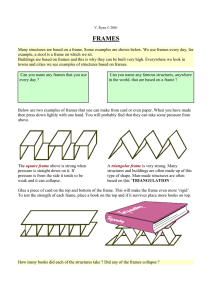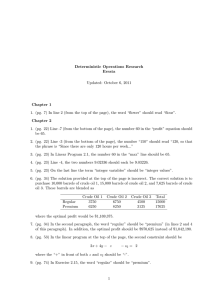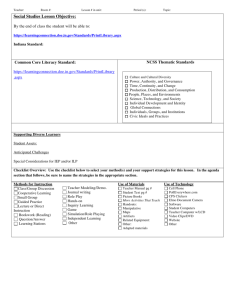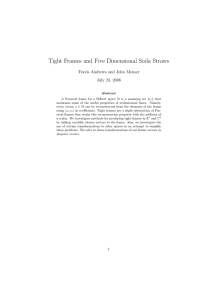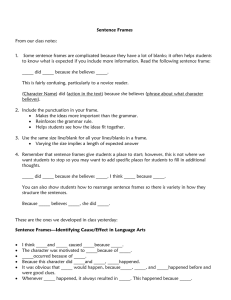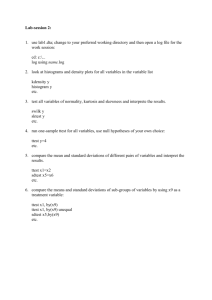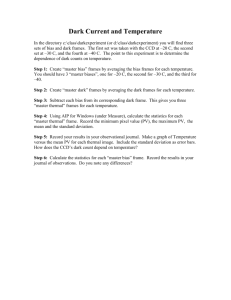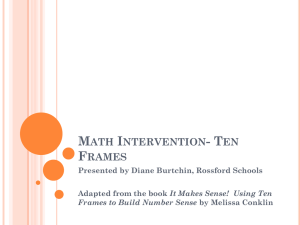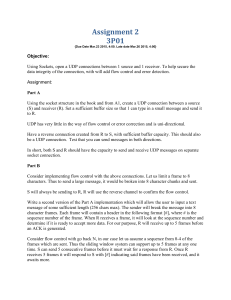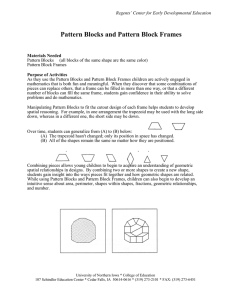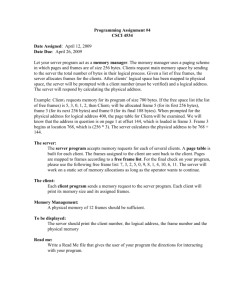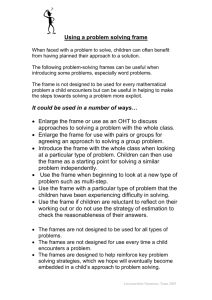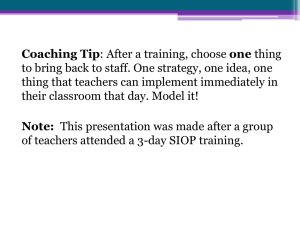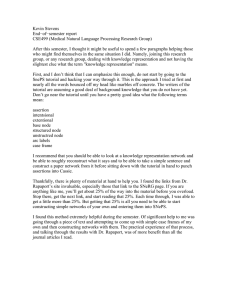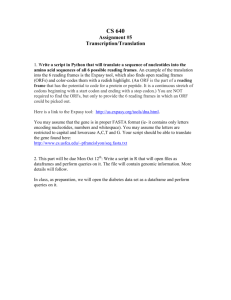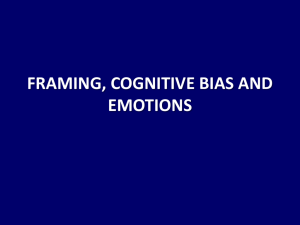x2 assume
advertisement
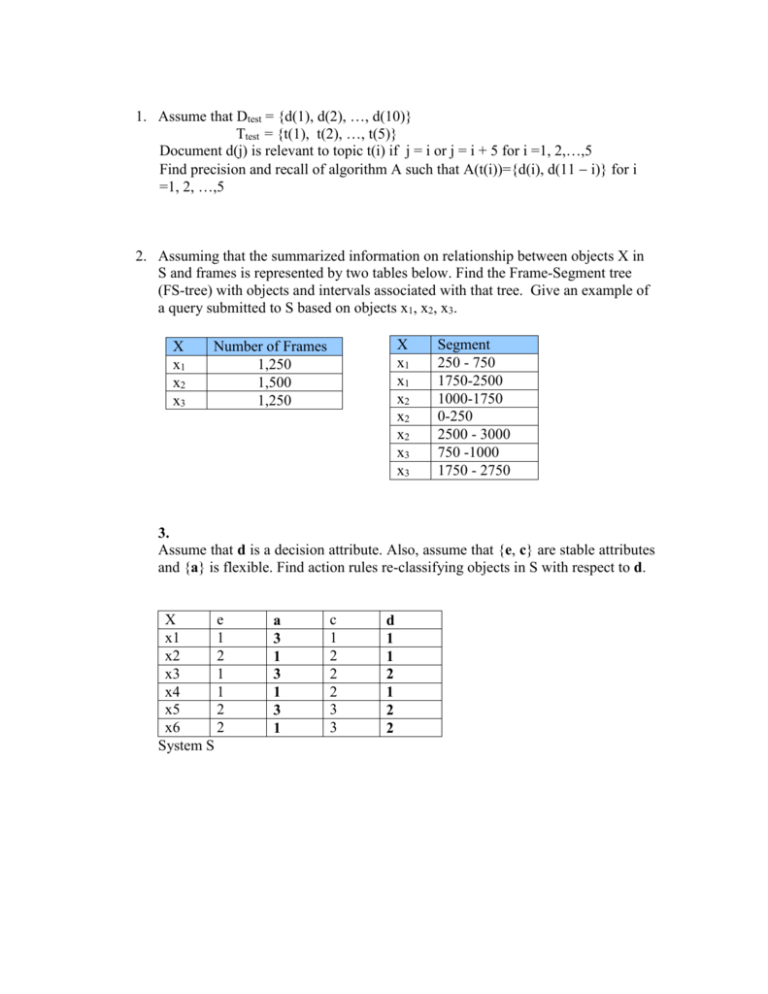
1. Assume that Dtest = {d(1), d(2), …, d(10)}
Ttest = {t(1), t(2), …, t(5)}
Document d(j) is relevant to topic t(i) if j = i or j = i + 5 for i =1, 2,…,5
Find precision and recall of algorithm A such that A(t(i))={d(i), d(11 i)} for i
=1, 2, …,5
2. Assuming that the summarized information on relationship between objects X in
S and frames is represented by two tables below. Find the Frame-Segment tree
(FS-tree) with objects and intervals associated with that tree. Give an example of
a query submitted to S based on objects x1, x2, x3.
X
x1
x2
x3
X
x1
x1
x2
x2
x2
x3
x3
Number of Frames
1,250
1,500
1,250
Segment
250 - 750
1750-2500
1000-1750
0-250
2500 - 3000
750 -1000
1750 - 2750
3.
Assume that d is a decision attribute. Also, assume that {e, c} are stable attributes
and {a} is flexible. Find action rules re-classifying objects in S with respect to d.
X
e
x1
1
x2
2
x3
1
x4
1
x5
2
x6
2
System S
a
3
1
3
1
3
1
c
1
2
2
2
3
3
d
1
1
2
1
2
2
4.
Consider the following table describing objects {x1,x2,…,x7} by attributes
{k1,k2,k3,k4,k5}.
x1 x2
k1
k2
k3
k4
k5
11
1
13
10
11
x3
2
21
4
54
1
36
3
39
11
0
x4
1
11
3
2
14
x5
15
45
15
16
2
x6
x7
13 0
3 27
26 3
31 1
0 29
Construct binary TV-tree with threshold 4 for an attributes to be active. When
building the tree, you can split the table in a way that one of the subtables
contains only one object. Show how to use the tree to find the closest document to
the one represented by [0, 15, 10, 15, 10].
5.
Find all frequent action sets based on attributes {a,b,c}and then find all action
rules in a table given below. We assume that attributes in {a, d} are flexible and
in {b, c} are stable. Also, we assume that minimum confidence of action rules has
to be 65% and minimum support 2.
X
x1
x2
x3
x4
x5
x6
x7
x8
x9
x10
x11
x12
a
2
2
1
1
2
2
2
2
2
2
1
1
b
1
1
1
1
3
3
1
1
2
3
1
1
c
2
2
0
0
2
2
1
1
1
0
2
1
d
1
1
2
2
2
2
1
1
1
1
2
2

